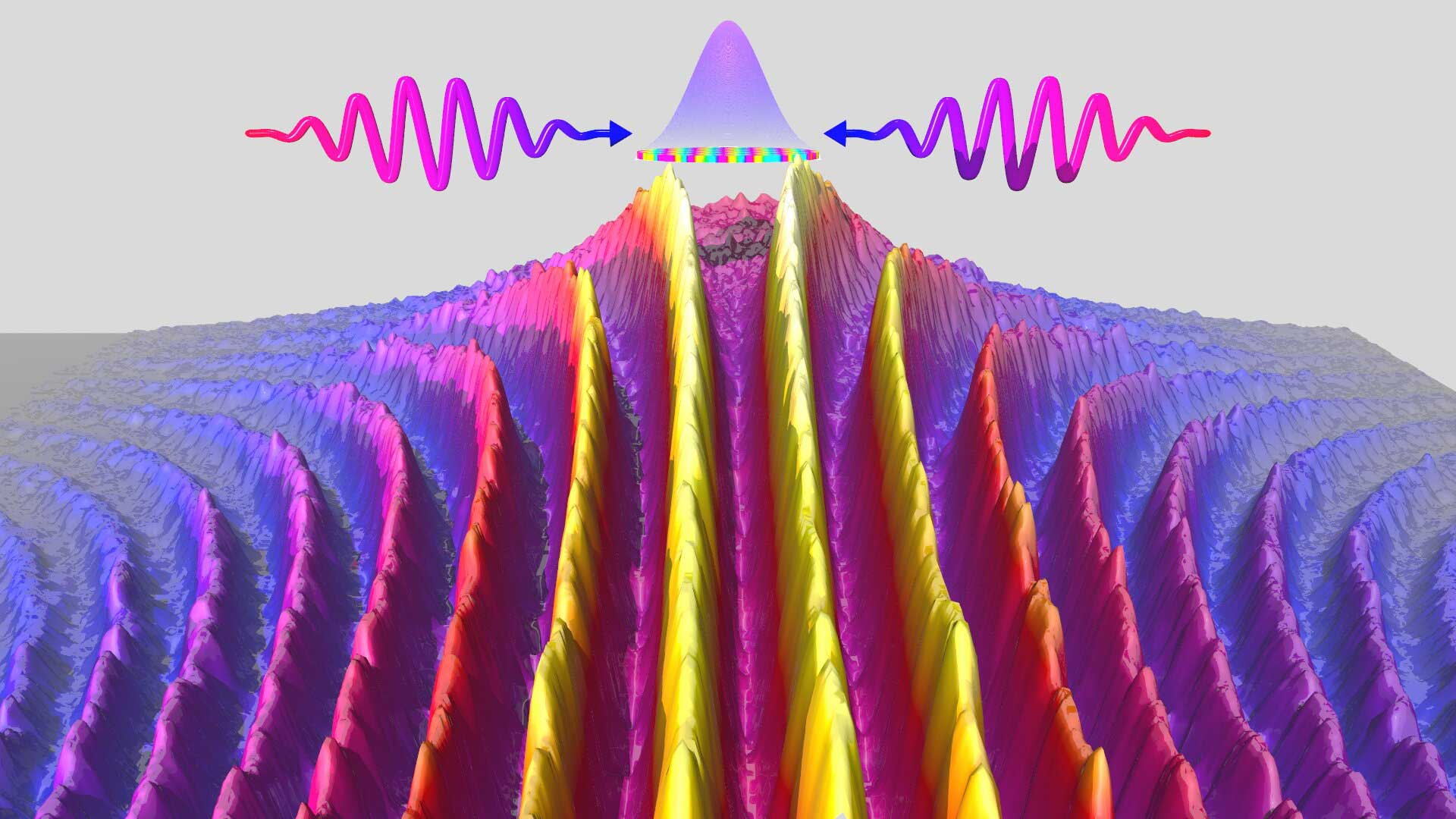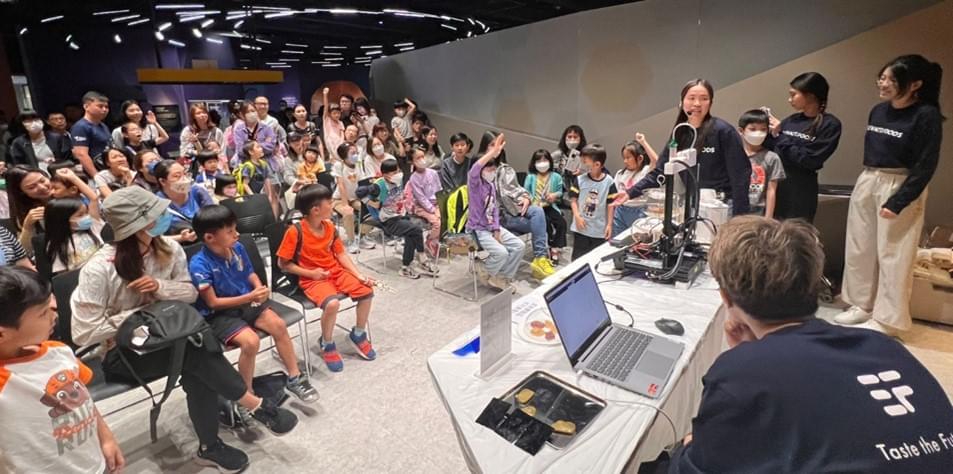A kind of metamaterial that has been beyond the reach of existing technologies so far.



The interaction between electrons and light is the most fundamental interaction in physics. Scientists from Goethe University Frankfurt performed an experiment in which they observed the Kapitza-Dirac effect for the first time in full temporal resolution.
First postulated almost nine decades ago, the Kapitza–Dirac effect is a quantum mechanical effect consisting of the diffraction of matter by a standing wave of light. In its original description, the effect is time-independent.


What happens in nature in femtoseconds observed in milliseconds?

Researchers at EPFL and the Max Planck Institute have incorporated nonlinear optical phenomena into a transmission electron microscope (TEM), which uses electrons for imaging instead of light.
Nonlinear optics, the study of unpredictable light behavior in materials, has applications in various fields, from laser development to quantum information science. Integrating nonlinear optics into a TEM enables complex light interactions on a small chip, allowing for the miniaturization of devices in applications such as optical signal processing, telecommunications, sensing, and spectroscopy.

🤔 Alef Aeronautics’ drivable flying car takes its maiden flight in a city field. The development team has introduced the Alef Model A, the dubbed production version of the drivable flying car that has vertical take-off and landing capabilities. On February 19th, 2025, its test model takes off, even flying over another vehicle. In a LinkedIn post, Alef Aeronautics CEO Jim Dukhovny writes that the video showcasing the flight is ‘the first documented, verifiable flight of a flying car (an actual car, with vertical takeoff, non-tethered).’
*This is an old, but new post. Some people have posted about the same car years ago.

#learningwithoutboundaries.
Prof. Mitch LI’s team from the Division of Integrative Systems and Design (ISD) was cordially invited to be the guest speaker of “Members’ Day: Sci-Fi or not?”, organized by Hong Kong Science Museum on Mar 28, 2024 to showcase the innovative 3D food printing technology.

Even light-speed signals can’t reach galaxies beyond 18 billion light-years due to space expanding too fast.
TL;DR
In an expanding Universe, galaxies beyond 18 billion light-years are unreachable, even if we send a light-speed signal today. The expansion of space, not objects themselves, causes these galaxies to appear as though they’re moving faster than light. As space expands, light is stretched, a process called redshift, making galaxies seem to accelerate away from us. This phenomenon doesn’t break the laws of relativity since space itself isn’t bound by the speed of light. The farther we look, the more we realize that many galaxies will remain beyond our reach forever.

A component found in all fungi may provide a shield that prevents flu-related lung damage, according to a new Canadian study.
The preclinical trial uncovered how beta-glucan—which is found in all mushrooms, and also yeast, oats, and barley—can ‘reprogram’ immune cells to prevent lung inflammation.
A team of scientists at the Research Institute of the McGill University Health Centre, demonstrated that administering the compound to mice before their exposure to influenza, reduced lung damage, improve lung function and lowered the risk of illness and death.